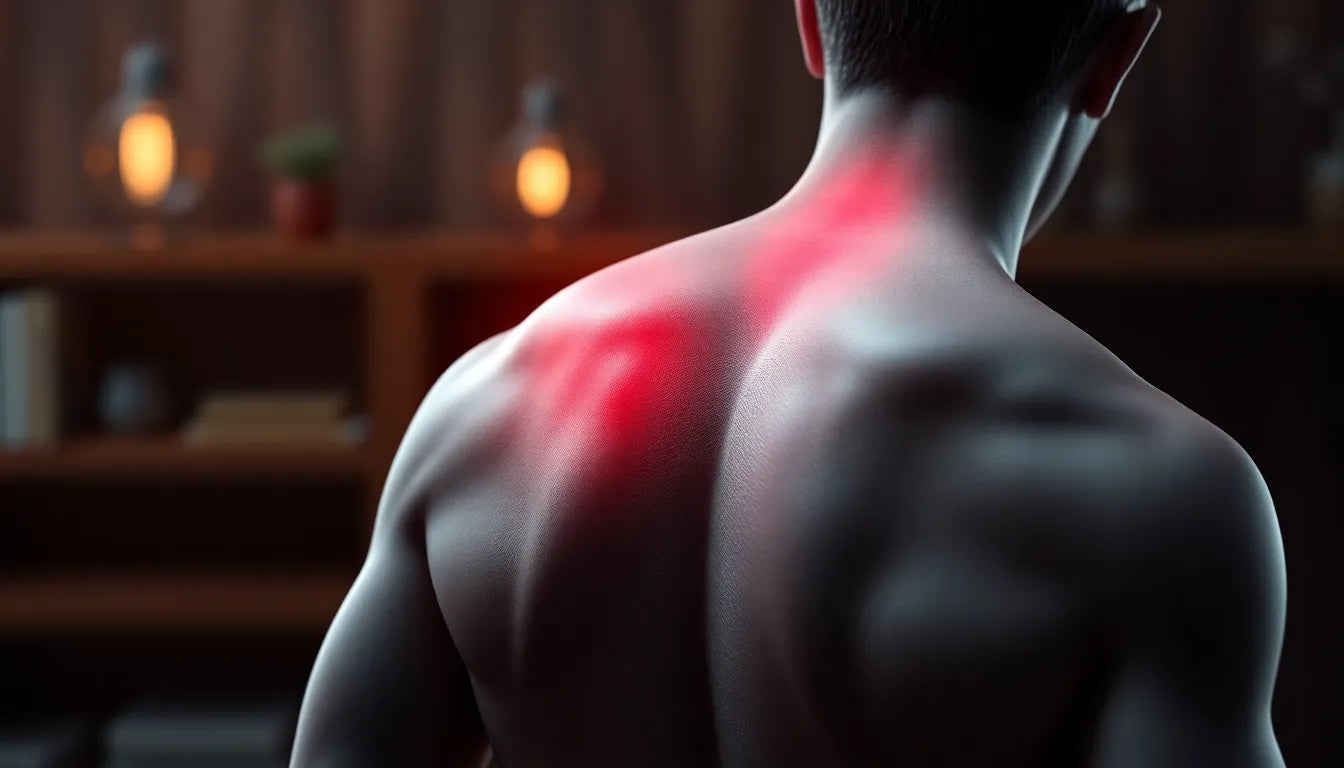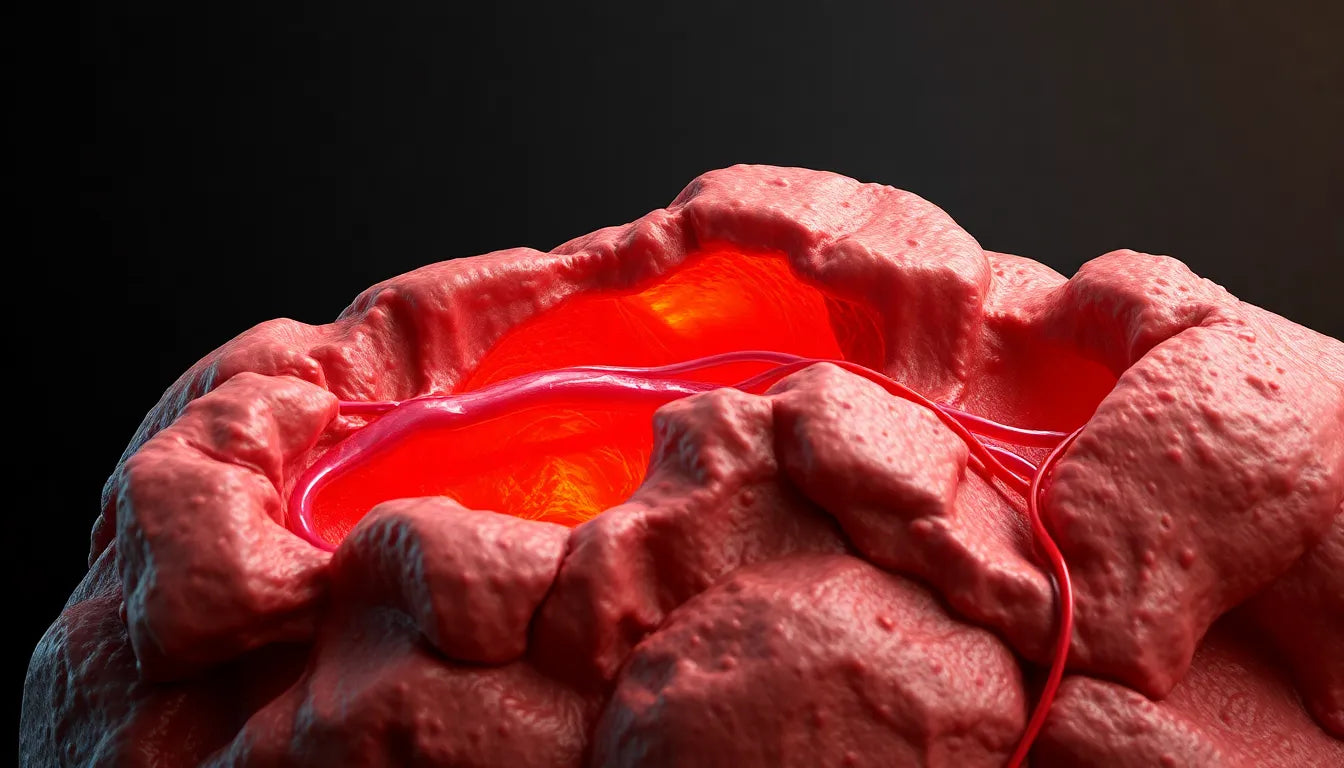Knee pain, or "smerter i knæ", is an all-too-common issue that affects individuals of all ages and lifestyles. Whether you're an athlete, a weekend warrior, or someone who enjoys a leisurely stroll, knee pain can significantly impact your daily activities and overall quality of life. The knee, being one of the largest and most complex joints in the body, is susceptible to a variety of issues that can manifest suddenly or develop over time into chronic conditions. Understanding and addressing knee pain effectively is crucial for maintaining mobility and preventing further complications.
Common causes of knee pain
Knee pain can arise from various sources, each with distinct characteristics and implications. Overuse injuries, such as tendinitis or bursitis, are prevalent among individuals who engage in repetitive activities that strain the knee joint. These conditions often result from inflammation of the tendons or bursae, the fluid-filled sacs that cushion the knee.
Degenerative conditions like osteoarthritis are another common cause of knee pain, particularly among older adults. Osteoarthritis involves the gradual wear and tear of cartilage, leading to stiffness, swelling, and discomfort. This degenerative process can significantly limit mobility and is often exacerbated by factors such as age and weight.
Acute injuries, including ligament tears and meniscus injuries, can occur suddenly due to trauma or accidents. These injuries are often associated with sports or high-impact activities and can lead to immediate pain, swelling, and instability in the knee joint. Prompt medical attention is usually required to address these acute conditions and prevent long-term damage.
Lifestyle and activity levels play a pivotal role in knee health. Sedentary lifestyles can contribute to muscle weakness and joint stiffness, increasing the risk of injury. Conversely, excessive physical activity without proper conditioning can lead to overuse injuries. Therefore, maintaining a balanced approach to activity, incorporating regular exercise, and ensuring adequate rest are vital for preserving knee health.
Addressing knee pain involves understanding its root causes and implementing effective strategies to alleviate discomfort and promote healing. Whether the pain is sudden or chronic, taking proactive steps can make a significant difference in your overall well-being. In the following sections, we'll explore various treatment options and preventive measures that can help you manage knee pain and regain your quality of life.
conservative treatment options for knee pain
When dealing with knee pain, conservative treatment methods are often the first line of defense. These approaches focus on alleviating pain and promoting healing without the need for invasive procedures. One of the simplest yet most effective strategies is rest and activity modification. Balancing rest with gentle activity can prevent further injury and allow the knee to heal naturally. It's crucial to listen to your body and avoid activities that exacerbate pain.
Cold and heat therapy are also invaluable tools in managing knee discomfort. Applying ice packs can reduce acute pain and inflammation, particularly after an injury or intense physical activity. On the other hand, heat therapy is beneficial for easing stiffness and improving circulation, making it an excellent option for chronic conditions like osteoarthritis. Alternating between cold and heat can provide comprehensive relief by addressing both inflammation and muscle tension.
Compression and elevation techniques are essential for reducing swelling and promoting healing. Using a compression bandage can help manage swelling, while elevating the leg above heart level encourages fluid drainage and reduces pressure on the knee joint. These methods are simple yet effective ways to support recovery and minimize discomfort.
physical therapy and exercises for knee health
Incorporating targeted exercises into your routine can significantly improve knee health and reduce pain. Strengthening exercises that focus on the quadriceps, hamstrings, and calf muscles are crucial for providing support to the knee joint. Strong muscles help stabilize the knee and reduce the burden on the joint itself, which can prevent further injury.
Equally important is maintaining flexibility and range of motion. Regular stretching exercises can prevent stiffness and improve joint mobility, allowing for a greater range of movement without pain. Incorporating flexibility exercises into your daily routine can help maintain knee function and prevent injuries.
Aarhus Osteopati recommends venepump exercises to enhance circulation and drainage in the knee area. These exercises can be particularly beneficial for individuals experiencing chronic pain or swelling, as improved circulation aids in the healing process.
medical interventions for knee pain relief
For those requiring more immediate relief, over-the-counter medications such as ibuprofen can be effective in reducing pain and inflammation. These medications are readily available and can provide temporary relief for acute discomfort. However, it's essential to use them judiciously and consult with a healthcare provider if pain persists.
In cases where conservative treatments are insufficient, advanced therapies may be considered. Modern solutions like shockwave and laser therapy have gained popularity for their ability to address persistent pain without surgery. These therapies work by stimulating healing processes and reducing inflammation, offering a non-invasive alternative for those with chronic knee issues.
For individuals with osteoarthritis, Arthrosamid injections have emerged as a promising option. Highlighted by A2 Privathospital, these injections can provide significant relief by enhancing joint lubrication and reducing pain. This treatment is particularly beneficial for those seeking advanced solutions to manage osteoarthritis symptoms.
when surgery is necessary
While conservative and medical interventions are effective for many, there are instances where surgical options become necessary. Surgery is typically reserved for severe cases where other treatments have failed to provide relief. Common procedures include repairing ligament tears or addressing extensive damage from osteoarthritis.
Surgery should be considered a last resort due to its invasive nature and recovery time. However, for those with debilitating pain or significant joint damage, surgical intervention can restore function and improve quality of life. It's crucial to discuss all options with a healthcare provider to determine the best course of action for your specific condition.
preventive measures for knee pain
Preventing knee pain before it starts is an essential aspect of maintaining joint health and avoiding discomfort. One effective strategy is to engage in regular strength training and conditioning. Exercises that target the muscles supporting the knee, such as the quadriceps, hamstrings, and calf muscles, can provide stability and reduce the risk of injury. Incorporating a balanced exercise routine that includes both strength and flexibility components can help keep the knees strong and resilient.
Another critical factor in preventing knee pain is wearing appropriate footwear. Supportive shoes and insoles can significantly impact knee alignment and reduce strain on the joints. It's essential to choose footwear that provides adequate cushioning and support, especially if you engage in activities that involve a lot of walking or running. Custom orthotics can also be a valuable addition for those with specific foot issues that contribute to knee pain.
Lastly, avoiding overload is crucial in preventing overuse injuries. This involves listening to your body and recognizing when it's time to rest. Gradually increasing the intensity and duration of physical activities can help prevent stress on the knees. It's also beneficial to incorporate cross-training into your routine to give different muscle groups a chance to recover and reduce repetitive strain.
product recommendations for knee support
For individuals already experiencing knee pain, certain products can offer additional support and relief. Compression braces and supports are popular choices for managing knee discomfort. These products provide stability and can help reduce swelling by applying gentle pressure to the affected area. When choosing a compression brace, it's important to ensure a proper fit to maximize its effectiveness.

Women's Posture Shirt™ - Black
Patented posture shirt activates muscles, relieves pain, and improves awareness for women.
Custom orthotics are another product that can be beneficial for those with knee pain. These shoe inserts are designed to correct foot alignment issues that may contribute to knee strain. By providing additional arch support and cushioning, orthotics can help alleviate pressure on the knees and improve overall comfort during daily activities.

Men's Posture Shirt™ - White
Improves posture for men with NeuroBand™ tech, can relieve pain, suitable for work or exercise.
frequently asked questions
What are the first steps to take when experiencing sudden knee pain?
When sudden knee pain occurs, it's important to immediately apply the PRICE principles: Protect the knee from further injury, Rest to allow healing, Ice to reduce swelling, Compression to manage inflammation, and Elevation to improve circulation.
How can I distinguish between different types of knee pain?
Understanding the symptoms can help differentiate between conditions. Arthritis often presents with stiffness and gradual pain, while ligament injuries may cause sharp pain and instability. Consulting a healthcare professional for an accurate diagnosis is recommended.
Are there any specific exercises to avoid with knee pain?
High-impact activities and exercises that place excessive stress on the knees, such as deep squats and jumping, should be avoided if you have knee pain. Focus on low-impact activities that strengthen the supporting muscles without aggravating the condition.
When should I seek professional help for knee pain?
If knee pain persists despite home treatments, or if you experience severe pain, swelling, or difficulty moving the knee, it's important to seek professional medical evaluation to determine the underlying cause and appropriate treatment.
How effective are knee braces in managing pain?
Knee braces can be effective in providing stability and reducing pain by supporting the joint and limiting unnecessary movement. They are particularly useful for individuals with mild to moderate knee pain or those recovering from injury.


















